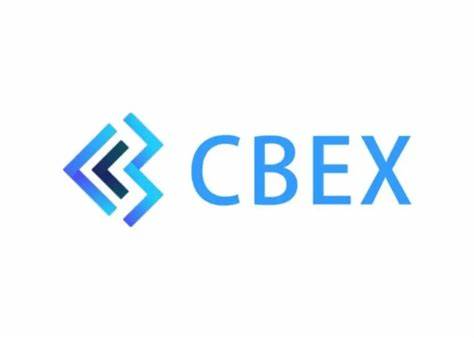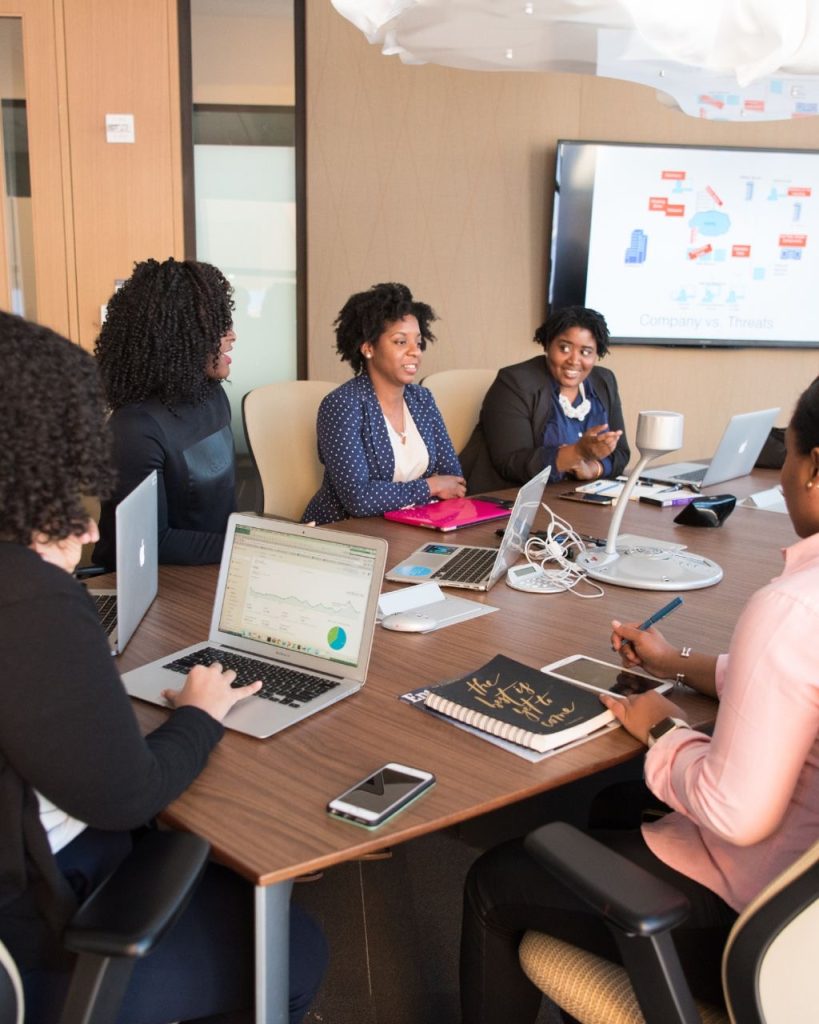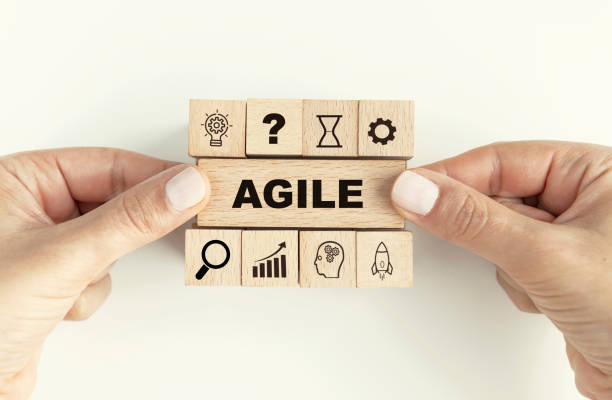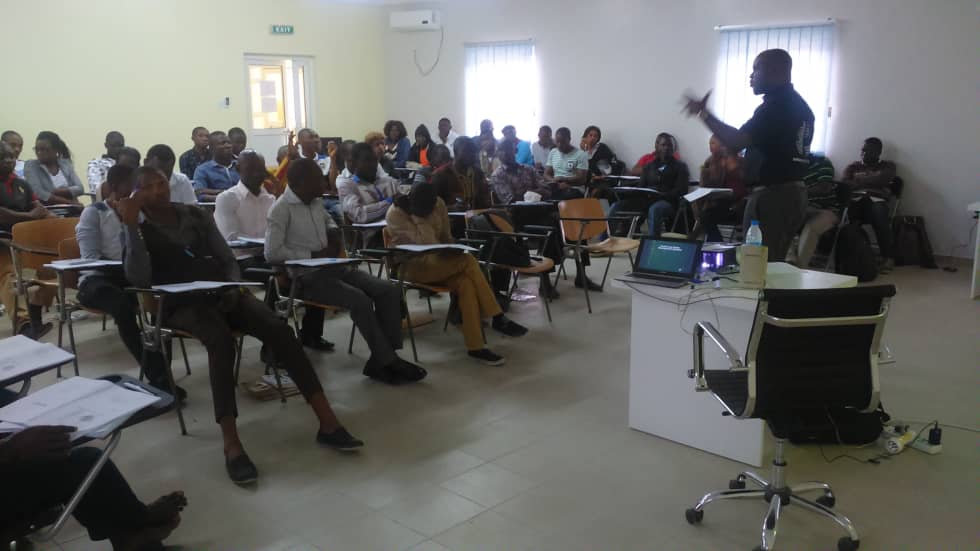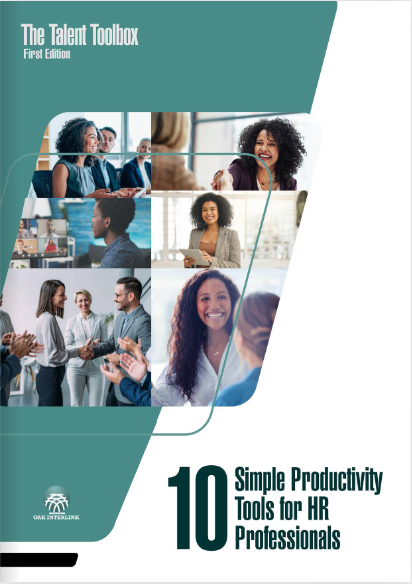Employee development isn’t just a checkbox on your HR to-do list, it could also be the heartbeat of a thriving organization. When employees feel supported in their growth, they bring fresh ideas, deeper commitment, and greater job satisfaction to the table. But how do you design a development strategy that actually works? Below are seven guidelines, each backed by practical steps and real-world insight.

1. Start with a Clear Needs Assessment
Before you roll out any program, ask: What skills do we actually need?
- Conduct Skill Audits: Use surveys, one-on-one interviews, and performance reviews to map current capabilities against future goals.
- Align with Business Objectives: Link development priorities to strategic initiatives like improving customer service, boosting digital literacy, or fostering leadership at every level.
- Involve Your People: Invite employees to self-assess. This surfaces hidden interests and fosters ownership from day one.

2. Create Personalized Growth Plans
One size seldom fits all when it comes to learning.
- Individual Development Plans (IDPs): Collaborate with each employee to chart short- and long-term goal. Think “I want to lead a cross-functional team by Q4” or “I need to master data visualization tools.”
- Learning Pathways: Offer a mix of modalities: online courses, peer-led workshops, job rotations, and external conferences so people can learn in the way that suits them best.
- Flexibility: Recognize that life happens. Build in checkpoints to adjust plans if workloads change or if new opportunities emerge.

3. Leverage Mentorship and Coaching
Pairing experience with ambition accelerates growth.
- Mentor Matches: Connect seasoned pros with those eager to learn, but don’t force every pairing. Consider personality, working style, and career aspirations.
- Regular Check-Ins: Encourage mentors and mentees to meet bi-weekly or monthly, keeping conversations focused on real challenges and wins.
- Reverse Mentoring: Flip the script by having junior employees teach senior colleagues, especially on topics like social media trends, new software, or Gen Z work preferences.

4. Embed Learning in the Workflow
Learning shouldn’t feel like extra work.
- On-the-Job Projects: Design stretch assignments that let employees apply new skills immediately. For example, assign a fledgling marketer to lead the next email campaign under light supervision.
- Microlearning Moments: Use bite-sized videos, quick quizzes, or “tip of the week” emails to reinforce concepts during daily routines.
- Collaboration Tools: Integrate knowledge-sharing platforms like wikis, Slack channels, or internal blog posts so teams can crowdsource expertise in real time.

5. Create a Feedback-Rich Culture
Feedback is the engine of improvement.
- Ongoing Conversations: Replace annual reviews with quarterly check-ins. Keep feedback specific (“I noticed your presentation slides were data-heavy, let’s balance them with visuals next time”) and constructive.
- 360-Degree Input: Solicit insights from peers, direct reports, and cross-functional partners to give a well-rounded view of strengths and growth areas.
- Celebrate Progress: Publicly acknowledge milestones: finishing a certification, mastering a new process, or successfully mentoring a colleague.

6. Measure Impact, Then Iterate
You can’t improve what you don’t track.
- Define Metrics: Choose both quantitative (e.g., certification completion rates, internal promotion numbers) and qualitative (e.g., employee satisfaction surveys, focus-group feedback).
- Regular Reviews: Quarterly or biannual analysis helps you see what’s working, and what needs tweaking. Maybe your sales-training workshop drives a 10% uptick in closed deals, but your coding bootcamp has low completion.
- Continuous Improvement: Use your data to refine content, reassign resources, or try alternative learning methods. Development should evolve just as your business does.

7. Cultivate a Culture of Lifelong Learning
When growth becomes part of your identity, it sticks.
- Lead by Example: Encourage leaders to share their own learning journeys: books they’re reading, courses they’re taking, conferences they’ve attended.
- Reward Curiosity: Offer stipends for professional memberships, tuition reimbursement for relevant courses, or “learning days” where teams can explore new tools.
- Community Building: Organize “lunch-and-learn” sessions, hackathons, or internal speaker series so people can both teach and be taught.
Effective employee development is an art and a science. It’s a blend of strategic planning, personalized coaching, integration, and relentless feedback. By following these seven guidelines, you’ll not only give your workforce the skills of tomorrow but also create a workplace where people feel seen, supported, and energized to reach new heights.


